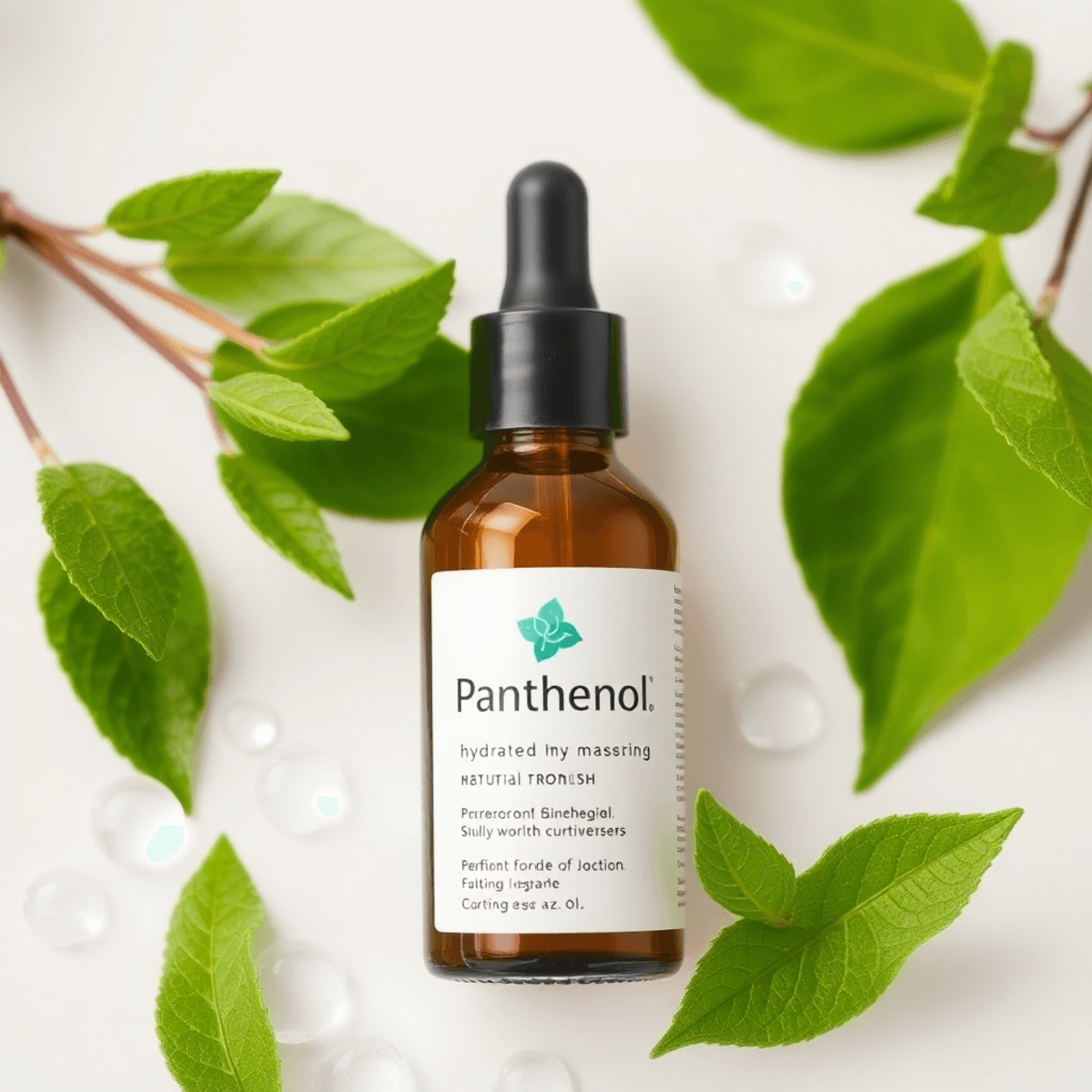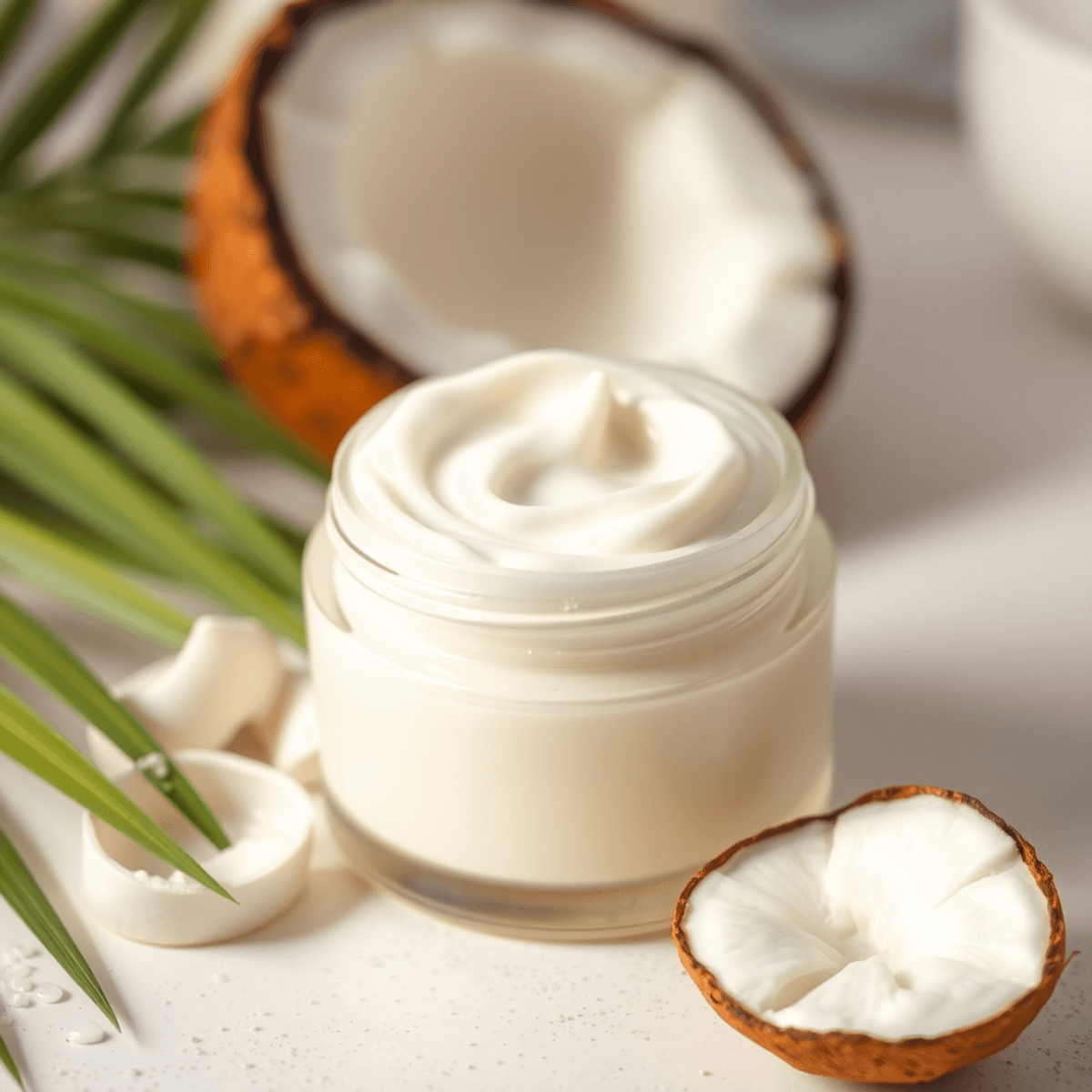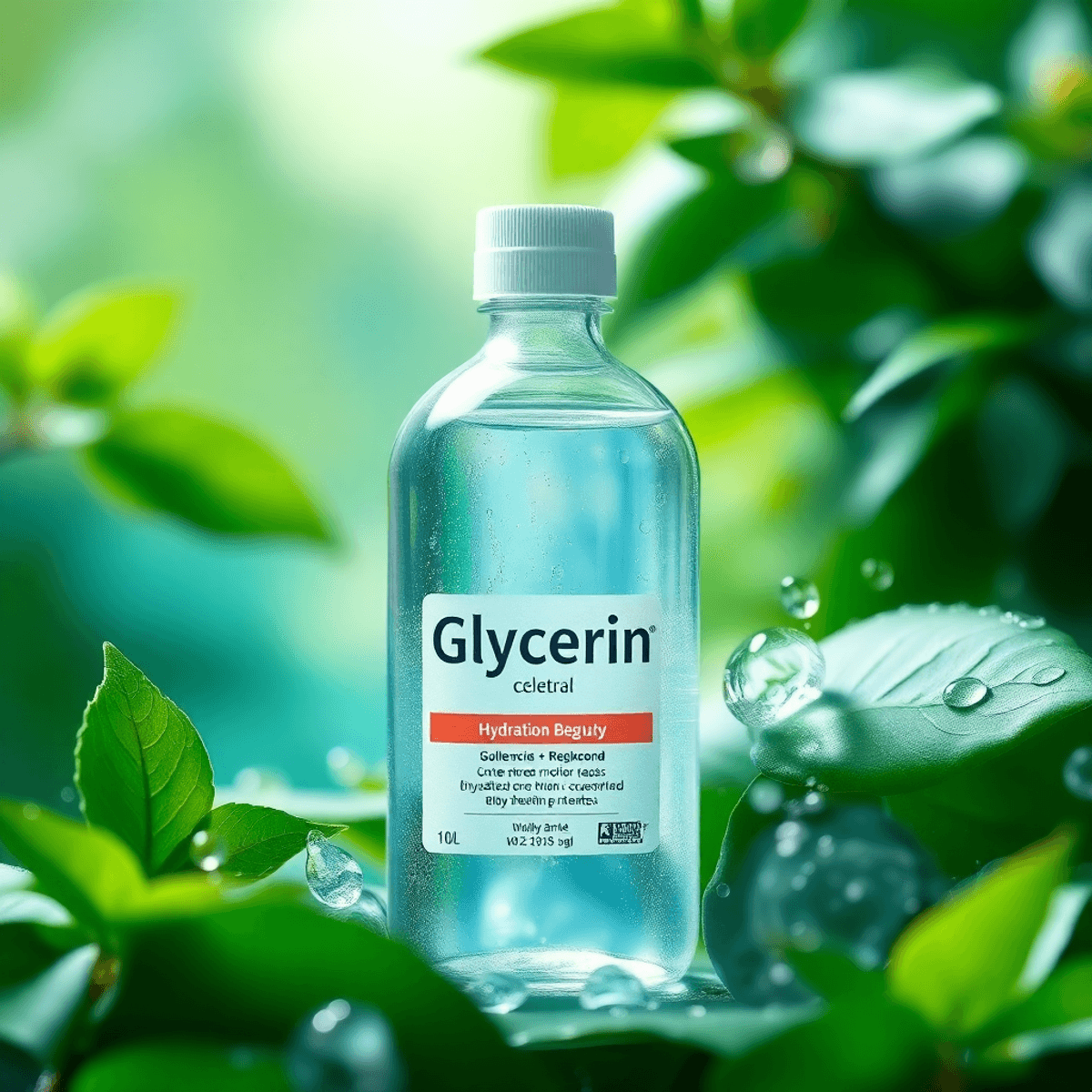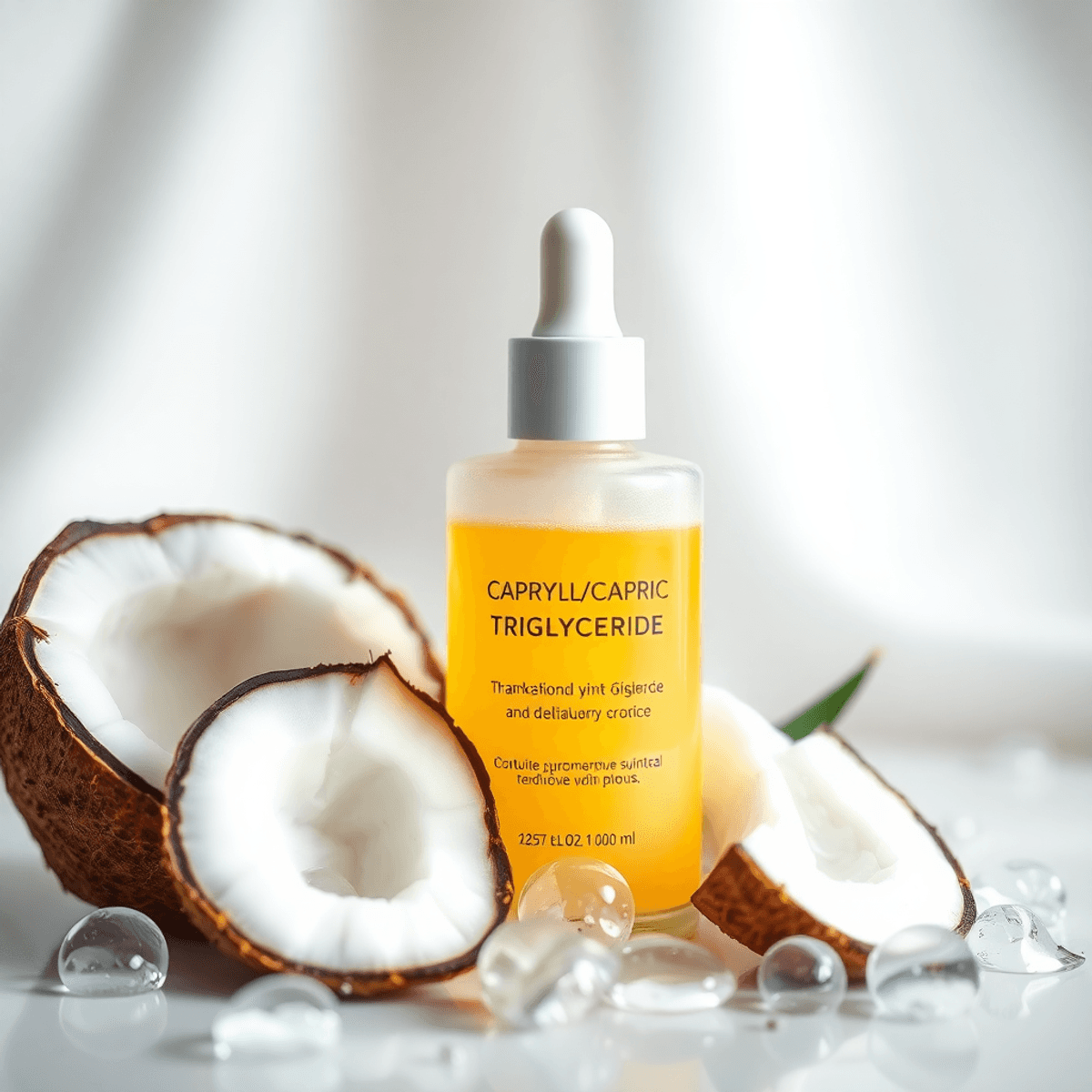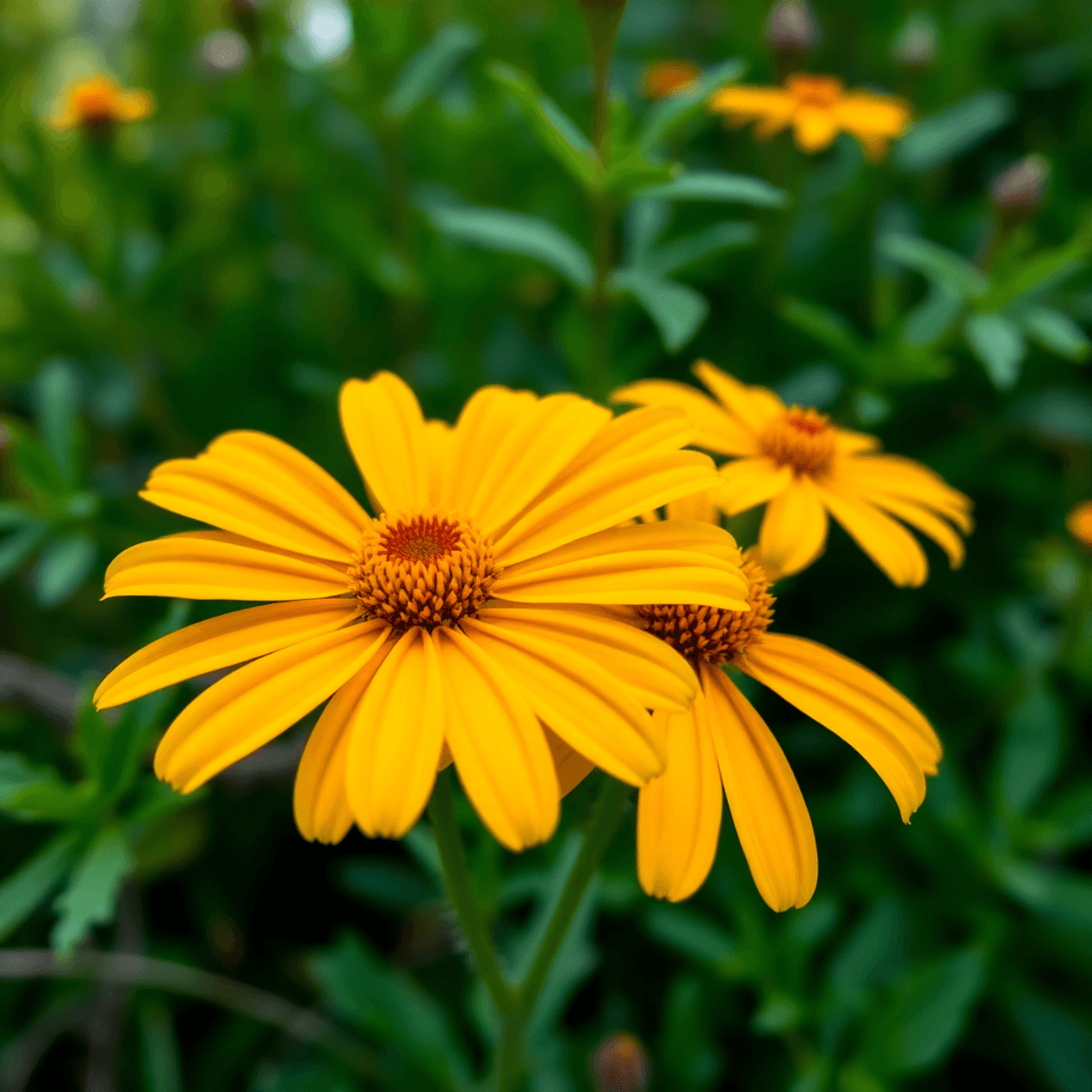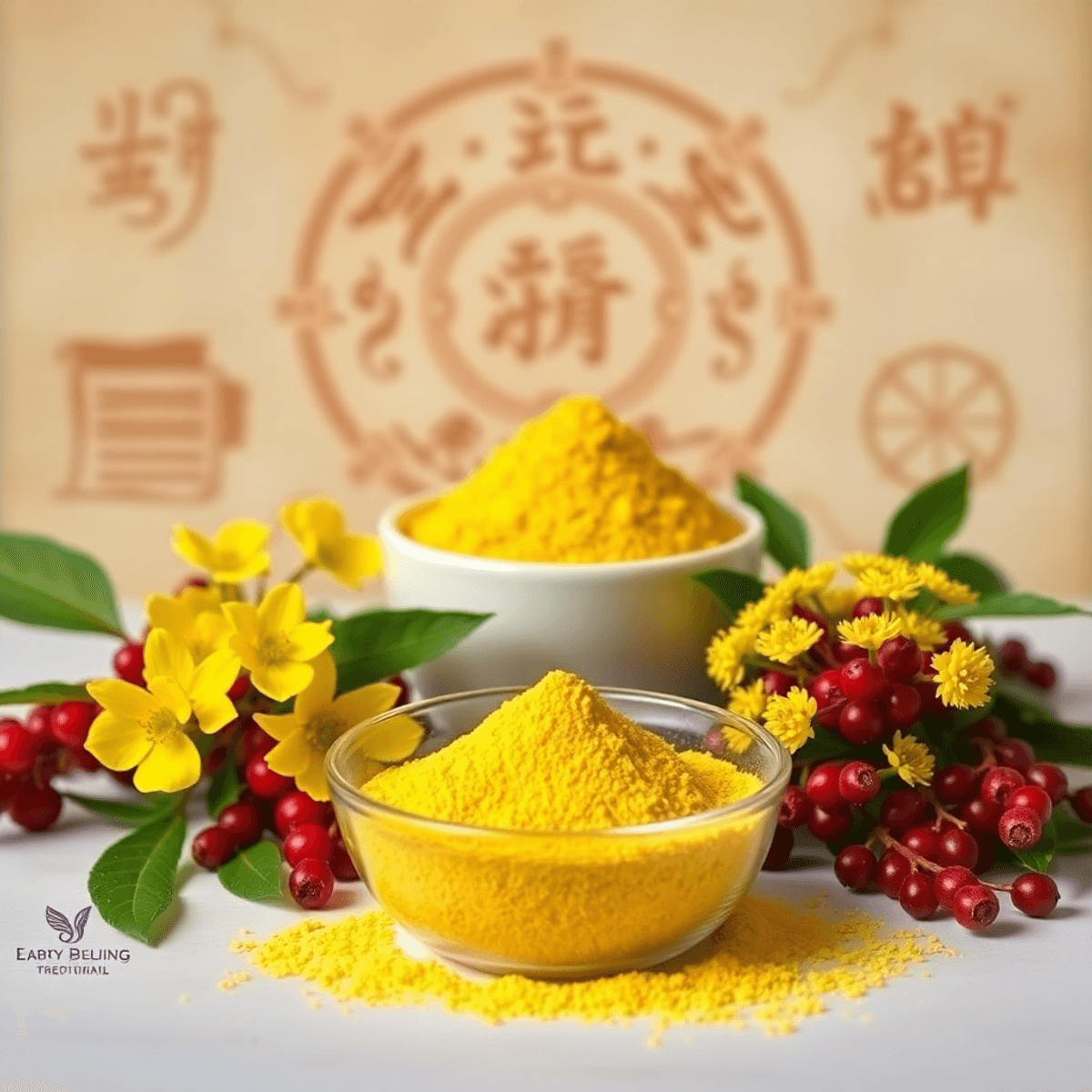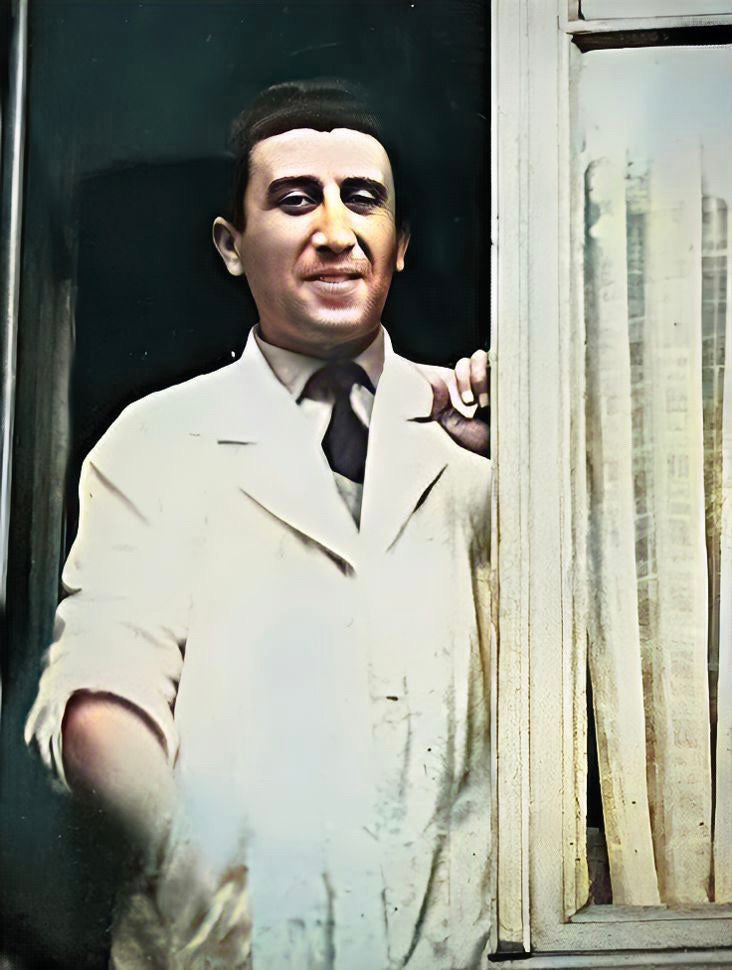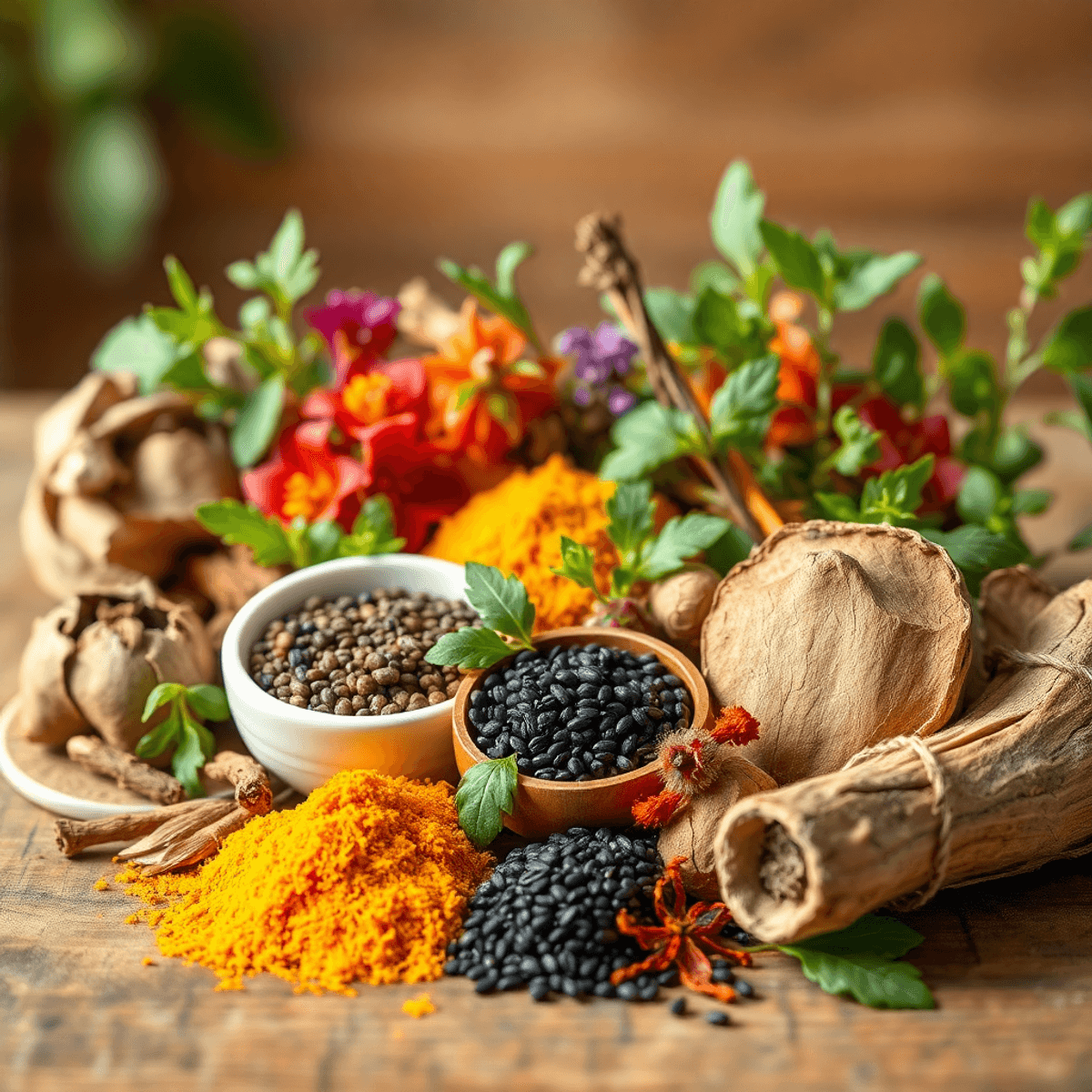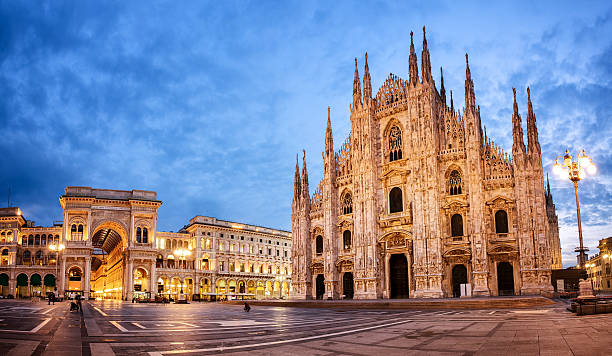Did You Know Arnica Cream Can Help with Bruises?

Introduction
Have you ever wondered about the secret behind those time-tested natural remedies? The 1936 original pain relief cream, featuring Arnica as its star ingredient, has earned its reputation as a trusted solution for bruise treatment. This remarkable cream has stood the test of time, becoming a cornerstone in natural healing practices.
Arnica cream offers a gentle yet effective approach to treating bruises and swelling. Derived from the Arnica montana plant, this natural remedy works by:
- Reducing inflammation around the affected area
- Speeding up the healing process
- Minimising discolouration
- Alleviating pain and discomfort
When you spot a bruise forming, quick action can make a significant difference in your recovery. Bruises aren't just cosmetic concerns - they're signs of damaged blood vessels beneath your skin. Prompt treatment with arnica cream can help your body's natural healing mechanisms work more efficiently.
Did you know? The sooner you apply arnica cream after an injury, the better your chances of reducing bruise formation and speeding up the healing process. This natural remedy has become increasingly popular among athletes, surgeons, and anyone looking for a reliable solution to manage bruises effectively.
Ready to discover how this remarkable cream can help you? Let's explore the science behind Arnica's healing properties and learn why it's become a staple in natural medicine cabinets worldwide.
Understanding Arnica Cream
The Arnica montana plant, native to European mountainous regions, is a remarkable medicinal herb with distinctive yellow-orange daisy-like flowers. This powerful plant contains several active compounds that contribute to its healing properties:
- Sesquiterpene lactones - reduce inflammation and swelling
- Flavonoids - provide antioxidant protection
- Carotenoids - support tissue healing
- Essential oils - enhance absorption and healing
You'll find Arnica available in various forms at health stores and pharmacies:
- Gels - lightweight, fast-absorbing formula
- Creams - richer texture for deeper moisturisation
- Ointments - heavy-duty treatment for severe bruising
- Roll-ons - convenient application for hard-to-reach areas
How Arnica Works
Research demonstrates Arnica's effectiveness through its unique mechanism of action. When applied topically, the active compounds penetrate the skin and stimulate white blood cells called macrophages. These cells help break down congested blood and fluid, reducing the appearance of bruises and swelling.
Evidence of Effectiveness
A 2016 study published in the European Journal of Pain revealed Arnica's comparable effectiveness to NSAIDs for treating osteoarthritis pain. The research showed a 35% reduction in pain intensity among participants using arnica gel, matching the results of traditional ibuprofen gel.
Clinical trials have demonstrated Arnica's particular effectiveness in:
- Reducing post-surgical bruising
- Decreasing sports-related swelling
- Minimising bruise discolouration
- Speeding up healing time
Concentration Matters
The concentration of Arnica in commercial products typically ranges from 3% to 25%. Higher concentrations don't necessarily mean better results - studies suggest that a 20% concentration provides optimal benefits without increasing the risk of skin irritation.
The Science Behind Bruising and Swelling
A bruise forms when blood vessels beneath your skin break due to trauma, causing blood to leak into surrounding tissues. This process triggers your body's natural healing response through several distinct phases:
1. Initial Response (0-2 days)
During this phase:
- Blood vessels constrict to limit bleeding
- Blood pools under the skin, creating the characteristic purple-blue colour
- Inflammation begins as white blood cells rush to the area
2. Active Healing (3-6 days)
In this phase:
- Your body breaks down leaked blood cells
- The bruise changes colour to green-yellow
- Inflammation peaks to support tissue repair
3. Resolution Phase (7-14 days)
During this final phase:
- Blood components get reabsorbed
- The bruise fades to light brown
- Inflammation subsides as healing completes
The role of inflammation in bruise healing is crucial. While often viewed negatively, inflammation serves as your body's natural repair mechanism by:
- Increasing blood flow to the injured area
- Delivering essential nutrients and oxygen
- Removing damaged cells and debris
- Supporting tissue regeneration
Your body's inflammatory response explains why bruised areas feel warm and tender to touch. This natural healing process can be supported through various treatments, including topical applications that work with your body's repair mechanisms.
Benefits and Precautions When Using Arnica Cream for Bruises
Clinical studies demonstrate arnica cream's effectiveness in reducing post-surgical bruising and swelling. Research published in the Archives of Facial Plastic Surgery shows patients experienced 20-43% faster healing of bruises when using arnica-based treatments.
Key Benefits of Arnica Cream:
- Reduces bruise appearance and discolouration
- Speeds up the healing process
- Minimises swelling and inflammation
- Provides natural pain relief
- Safe for daily use on unbroken skin
Arnica cream proves particularly beneficial for facial bruising. Its gentle formulation makes it suitable for the delicate skin around the eyes and cheeks, areas prone to bruising after cosmetic procedures or injuries.
Using Arnica Cream on Your Face:
- Apply a thin layer to the affected areas
- Gently massage using circular motions
- Use 3-4 times daily for optimal results
- Avoid contact with eyes and mucous membranes
- Stop use if irritation occurs
While arnica cream offers significant benefits, certain precautions must be observed:
Essential Safety Guidelines:
- Perform a patch test before first use
- Never apply to broken skin or open wounds
- Avoid use during pregnancy without medical approval
- Keep away from children
- Store in a cool, dry place
Many patients report positive experiences with arnica cream after dental procedures, facial surgeries, and cosmetic treatments. A survey of plastic surgery patients showed an 89% satisfaction rate with arnica cream for managing post-procedure bruising.
The anti-bruising properties of arnica cream work best when treatment starts immediately after injury or surgery. Regular application during the first 72 hours helps achieve optimal results in bruise reduction and healing time.
Alternatives to Arnica Cream and Other Considerations
While arnica cream stands as a popular choice for bruise treatment, several alternative options exist in the market. Here's what you need to know about other effective treatments:
Common Alternatives to Arnica Cream:
- Vitamin K cream - helps blood clotting and reduces bruise appearance
- Bromelain gel - contains pineapple enzymes that decrease inflammation
- Witch hazel - natural astringent with anti-inflammatory properties
- Essential oils (lavender, frankincense) - promote healing and reduce discolouration
- Cold compresses - reduce initial swelling and bruising
Effectiveness Comparison
Research suggests that vitamin K cream shows similar effectiveness to Arnica for bruise treatment. Studies indicate a 50% reduction in bruise appearance when using vitamin K cream, comparable to Arnica's results.
Important Safety Considerations
Arnica cream users should be aware of potential side effects:
- Skin reactions:
- Redness
- Itching
- Rashes
- Contact dermatitis
- Risk factors:
- Broken skin application
- Allergic reactions to plants in the daisy family
- Extended use beyond the recommended duration
Usage Guidelines
- Never apply arnica cream on open wounds
- Stop use if skin irritation develops
- Avoid ingesting arnica products
- Keep away from eyes and mucous membranes
- Test on a small skin patch before full application
Medical Interactions
Arnica cream might interact with:
- Blood-thinning medications
- Certain herbal supplements
- High blood pressure medicines
These alternatives and considerations help you make informed decisions about bruise treatment options. Each option carries its own benefits and risks, requiring careful evaluation based on your specific needs and medical history.
Choosing the Best Arnica Cream for Your Needs
Selecting the right arnica cream requires attention to specific factors that impact its effectiveness. The concentration of active ingredients stands as a crucial element - look for products containing 20-25% arnica tincture for optimal results.
Key considerations when selecting your arnica cream:
- Concentration levels: Higher concentrations deliver stronger effects
- Form of application: Gels absorb faster, creams provide longer-lasting relief
- Additional ingredients: Check for complementary healing compounds like witch hazel or calendula
- Product consistency: Thicker creams work well for targeted application
- Packaging: Opt for tubes rather than jars to maintain product hygiene
The 1936 original pain relief cream has earned its reputation as a trusted choice for natural pain relief. Its balanced formulation includes a 25% arnica tincture concentration, making it one of the strongest arnica creams available in the market.
When examining product labels, watch for these quality indicators:
- Certified organic Arnica
- GMP (Good Manufacturing Practice) certification
- Third-party testing results
- Clear ingredient listings
- Professional endorsements
Your skin sensitivity plays a vital role in choosing the right concentration. Start with a lower concentration if you have sensitive skin, gradually increasing strength as needed.
To enhance your experience with arnica creams, consider exploring products that utilise all-natural ingredients. These carefully curated ingredients can nourish and improve your skin's natural health while providing effective pain relief.
Popular Brands and Products You Can Try Out Now!
The market offers numerous high-quality topical arnica products to suit different needs and preferences. Here's a curated selection of trusted brands and their standout products:
1. Boiron Arnicare Gel
- Fast-absorbing, non-sticky formula
- Cooling sensation upon application
- 4.5/5 stars from 12,000+ user reviews
- Ideal for sports injuries and post-workout recovery
2. Naturopathica Arnica Gel
- Contains organic arnica Montana extract
- Enhanced with menthol and magnesium
- Praised for its quick-acting formula
- Particularly effective for muscle soreness
3. Weleda Arnica Massage Oil
- Combines Arnica with birch and lavender
- Deep-penetrating oil-based formula
- Suitable for full-body application
- Highly rated for post-exercise recovery
4. Dr. Hauschka Arnica Compress
- Professional-grade concentration
- Made with biodynamically grown herbs
- Perfect for targeted treatment
- Recommended by physiotherapists
5. Nelsons Arnicare Arnica Cream
- Traditional homeopathic formula
- Non-greasy texture
- Gentle enough for sensitive skin
- Widely available in pharmacies
These products have consistently received positive feedback from users reporting reduced bruising and swelling. Each brand maintains strict quality control standards and uses pharmaceutical-grade arnica montana extract in its formulations.
Conclusion
Natural remedies like arnica cream offer a gentle yet effective approach to bruise treatment. Your journey to faster bruise healing can start with this time-tested solution, backed by centuries of traditional use and modern scientific research.
Remember these key points when using arnica cream:
- Apply only to unbroken skin
- Perform a patch test before first use
- Stop use if any irritation occurs
- Follow the product's specific application instructions
The path to natural healing doesn't need to be complicated. Arnica cream provides a straightforward solution for those uncomfortable bruises that appear after bumps, falls, or surgical procedures. Its accessibility, ease of use, and proven track record make it a valuable addition to your home first aid kit.
Ready to embrace natural healing? Give arnica cream a try - your bruises will thank you for it.
Always consult with a healthcare professional before starting any new treatment regimen, especially if you have underlying health conditions or take regular medications.
FAQs
What is Arnica cream and how does it work?
Arnica cream is derived from the Arnica montana plant, which is native to European mountainous regions. Research demonstrates its effectiveness in reducing bruising and swelling by promoting blood circulation and reducing inflammation in the affected area.
What are the phases of healing a bruise?
There are three main phases in healing a bruise: 1. Initial Response (0-2 days) where blood vessels constrict to limit bleeding; 2. Active healing (3-6 days) where the body breaks down leaked blood cells; and 3. Resolution Phase (7-14 days) where blood components get reabsorbed.
How should I use Arnica cream on my face?
To use Arnica cream on your face, apply a thin layer to the affected areas and gently massage it using circular motions. This helps enhance absorption and effectiveness.
Are there any safety precautions when using Arnica cream?
Yes, essential safety guidelines include performing a patch test before first use, never applying it to broken skin or open wounds, and stopping use if skin irritation occurs. Additionally, arnica cream may interact with blood-thinning medications, so consult with a healthcare provider if you are taking such medications.
What are some alternatives to Arnica cream for treating bruises?
Common alternatives to Arnica cream include Vitamin K cream, which helps with blood clotting and reduces bruise appearance. Research suggests that Vitamin K cream shows similar effectiveness in treating bruises as Arnica.
What should I consider when choosing an Arnica cream?
When selecting an arnica cream, key considerations include concentration levels—higher concentrations typically deliver stronger effects—and checking for quality ingredients. Popular brands include Boiron Arnicare Gel, Naturopathica Arnica Gel, Weleda Arnica Massage Oil, Dr. Hauschka Arnica Compress, and Nelsons Arnicare Arnica Cream.


